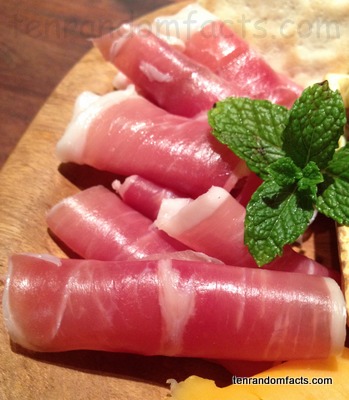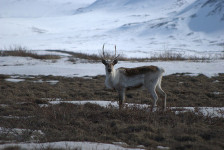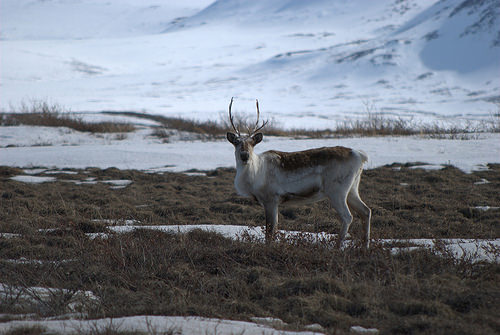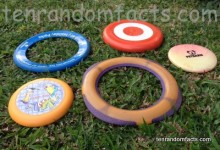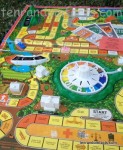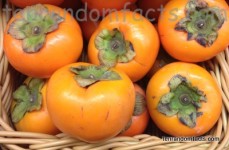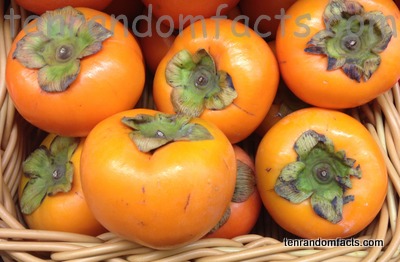
Only prosecute someone who gives you nasty prosciutto.
- Prosciutto is a ham that has gone through a dry-curing process, and it is commonly sliced in very thin pieces and generally not cooked before eating.
- The term ‘prosciutto’ is derived from the Latin words ‘pro’ meaning ‘before’ and ‘exsuctus’ meaning ‘dried up’ or ‘without juice’, which comes from the word ‘exsugere’ meaning ‘to suck out moisture’.
- Traditionally prosciutto is made of the hind leg or the thigh of pigs or wild boar, although this style of meat can be produced from other animals.
- The process of making prosciutto generally involves pressing, salting and cleansing the raw meat from blood and other impurities for approximately two months, and then the meat goes through a drying and curing process that typically takes between 12 and 24 months.
- Prosciutto is popularly eaten with melon, figs and other fruit; bread or bread sticks; wrapped around vegetables like asparagus; or as an addition to other dishes including pasta and pizza.
- Prosciutto is historically an Italian product, and it has been produced in Italy’s city of Parma, from as early as 100 BC.
- ‘Proscuitto crudo’ is the name for the raw version of the meat, and while the ham is commonly eaten uncooked, if added to other dishes it should only be cooked for short periods of time at low heat, to avoid destroying the flavour and texture.
- Prosciutto is generally a combination of colours that may include white, pink, peach, orange and red in colour.
- The sodium content of prosciutto is very high, while the meat is also high in fat and a good source of protein.
- Sodium nitrate and potassium nitrate are occasionally used in the making of prosciutto, which often enhances the pink and red colours of the ham, however the use of these chemicals is not common in traditionally cured hams, and are absent from those that are produced in protected areas of origin in Italy.
Bibliography:
Ipatenco S, Is Prosciutto Healthy?, 2015, LiveStrong.com, http://www.livestrong.com/article/374315-is-prosciutto-healthy/
Prosciutto, 2015, Life In Italy, http://www.lifeinitaly.com/food/prosciutto.asp
Prosciutto, 2015, Wikipedia, https://en.wikipedia.org/wiki/Prosciutto





